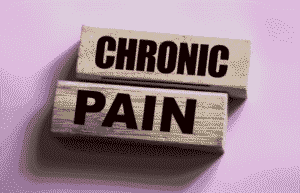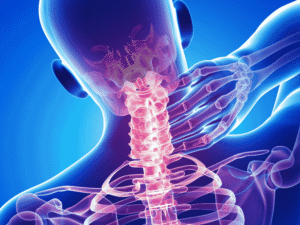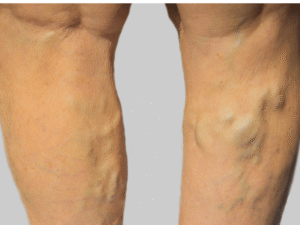Why Bone Health Deserves More Attention Than You Think
Chronic osteoporosis is a progressive condition that causes bones to become weak, brittle, and more prone to fractures. Often undetected until a fracture occurs, osteoporosis is referred to as the “silent thief” because it gradually reduces bone mass without obvious warning signs.
Table of Contents
What Is Chronic Osteoporosis?
Osteoporosis is a long-term condition that occurs when bone density decreases and bone tissue deteriorates. This leads to fragile bones that break more easily, even from minor falls or everyday movements.
The condition is most common in older adults, especially postmenopausal women, but it can affect anyone. Chronic osteoporosis differs from early-stage bone loss (osteopenia) in that it is more severe and typically requires medical intervention to prevent complications.
Symptoms
Back or neck pain due to spinal fractures
Loss of height over time
Stooped posture or a curved upper back (kyphosis)
Frequent fractures in the hip, wrist, or spine
Weakness or difficulty with balance
What Causes Osteoporosis?
Bone is living tissue that constantly renews itself. As we age, this process slows down, and more bone may be broken down than replaced. Several factors contribute to this imbalance:
Aging: Natural bone loss begins after age 30
Hormonal changes: Decreased estrogen in women and testosterone in men
Low calcium or vitamin D intake
Sedentary lifestyle: Lack of weight-bearing exercise
Medical conditions: Rheumatoid arthritis, thyroid disorders, or digestive issues
Certain medications: Long-term steroid use, chemotherapy, or seizure drugs
Smoking and excessive alcohol use
Who Is at Risk?
Are female and over 50
Have a family history of osteoporosis or fractures
Are underweight or have a small frame
Smoke or consume excessive alcohol
Have had fractures in the past
Are sedentary or have poor nutrition
Diagnosis
Common diagnostic tools include:
DEXA scan (dual-energy X-ray absorptiometry): Measures bone mineral density
FRAX score: Estimates your 10-year risk of fracture
X-rays: Detect existing fractures
Blood tests: Check calcium, vitamin D, and hormone levels
Treatment Options for Chronic Osteoporosis
Osteoporosis treatment aims to slow bone loss, strengthen existing bone, and prevent fractures. A comprehensive approach includes:
1. Medications
Bisphosphonates (e.g., alendronate, risedronate): First-line drugs that reduce bone breakdown
Denosumab: An injection given every six months to boost bone strength
Parathyroid hormone analogs (e.g., teriparatide): Stimulate new bone growth
Hormone-related therapy: Especially for postmenopausal women
Nutritional Support
Calcium: Aim for 1,000 to 1,200 mg daily
Vitamin D: Helps with calcium absorption; often requires supplements
Protein and magnesium: Essential for bone remodeling
3. Physical Activity
Weight-bearing exercises: Walking, climbing stairs, or light jogging
Resistance training: Builds muscle and supports bone density
Balance and posture exercises: Help prevent falls
4. Fall Prevention Strategies
Install grab bars, improve lighting, and remove tripping hazards
Wear supportive shoes
Avoid slippery surfaces without assistance
Is Osteoporosis Reversible?
Osteoporosis cannot be fully reversed, but its progression can be slowed or halted. With consistent treatment, some people may even regain modest bone density. Lifestyle changes and medication are most effective when started early.
Preventing Chronic Osteoporosis
Ensure adequate calcium and vitamin D intake
Stay active with regular, safe exercises
Avoid smoking and limit alcohol
Maintain a healthy weight
Schedule regular bone density tests if you’re at risk
When to See a Doctor
Consult a healthcare provider if:
You’re over 50 with any risk factors
You’ve had a recent fracture
You notice height loss or back pain
Conclusion
Chronic osteoporosis may develop quietly, but its effects can be serious. The earlier you take steps to protect your bones, the better your chances of avoiding fractures, disability, and loss of independence.



